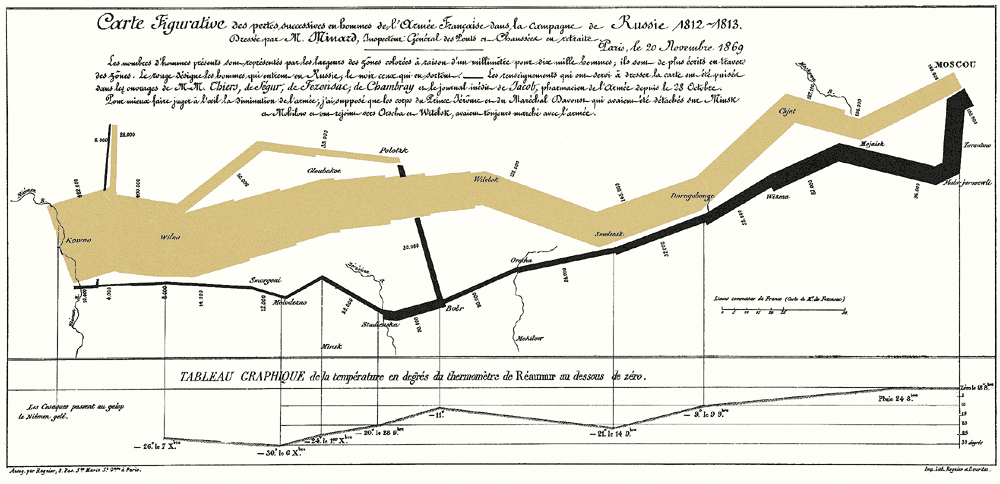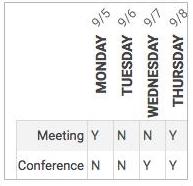
Ever do the dots and brainstorming activity? I've been to more than a few professional development workshops and in-service days, and have even led a few. Dots and brainstorming is a frequent, though not unwelcome, way to gauge the sense of the group. If you've never done it, here is how it works. First folks brainstorm ideas on large sheets of paper around the room. Then it is customary to give participants five dot stickers and have them walk around the room and put the dot next to the ideas they like the most. It works. And there is something to be said for getting people up and moving around a room. However, there is also something to be said for doing things efficiently and being able to archive and share results quickly.
Dotstorming replaces the get up and walk around the room dot placing exercise. Last week in a workshop led by Chris McCaffrey, he shared this really great tool with us. Most of the teachers at the conference were somewhat savvy tech users. They liked using Dotstorming and saw some immediate ways to use it with their students in their classrooms.
Folks pointed out that it has some similarities to Padlet, which is one of my favorite ed tech tools . What dotstorming offers beyond Pallet is the voting feature. What I also like about it is that students can comment on any item on the page. Nice! One can embed links to YouTube videos. Finally, one can export the entire dotstorming board to a spreadsheet.
It is a super simple and easy tool to use. It doesn't do all that Pallet does but it does some things Padlet can't do. It is also much simpler to use than Padlet.
I have embedded a dotstorming wall onto this blog. Add ideas and then vote with your four dots on your favorite ideas. (I don't think you have to join to participate) but I'll know soon. I'm taking a risk here and it may not work. If the embedded wall doesn't work, try participating through the link that I provide.
Beware, dotstorming is mostly free, but more precisely it is a "freemium" service. You can only have five boards (collections of ideas) in a free account before you have to pay (or delete a board).
Update- It seems it did work! One commenter suggested that one would need a larger class to use DotStorming. For the polling feature- sure. For getting students to interact, share pictures, ideas, and for archiving student feedback, I still think this is a very solid tool.





